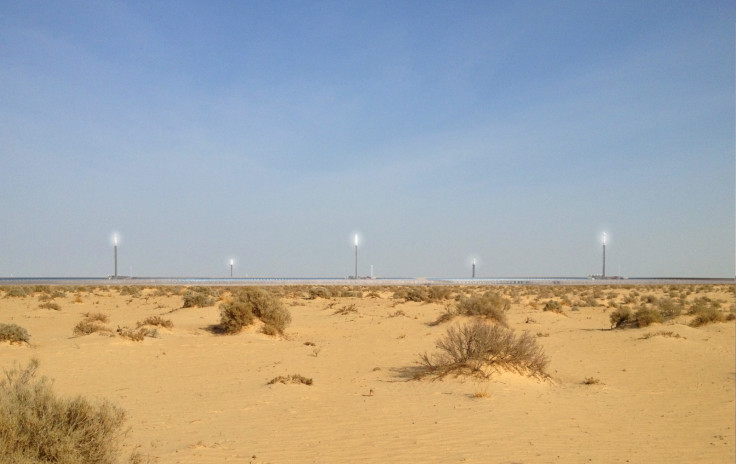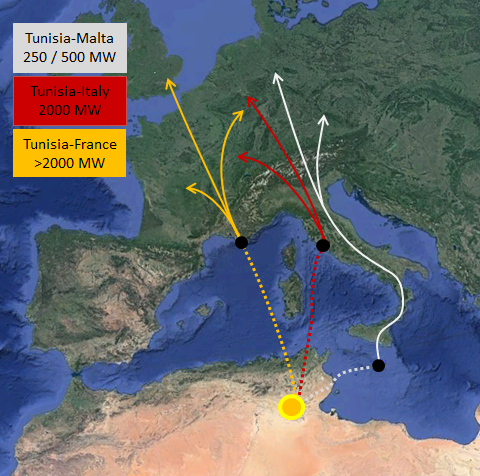Gigantic solar power plant planned for Sahara Desert could power Europe
A vast solar complex producing 4.5 gigawatts of energy is awaiting authorisation.

The Sahara Desert is hot, sunny and empty, which is why it makes the perfect place to build a gigantic solar power plant that could help power a large chunk of Europe.
To reduce Europe's reliance on importing fossil fuels, of which it uses for half its energy consumption, a new plan has been drawn up to build a sprawling solar farm to harvest 4.5 gigawatts from the near year-round sunshine.
The renewable initiative circled for southwest Tunisia has been proposed by energy company TuNur and will wait for authorisation from the Tunisian Ministry of Energy, Mines and Renewable Energy before being able to supply enough power to run five million homes or fuel seven million electric vehicles.
Digital Trends reveals the solar complex plans to employ a vast array of mirrors to reflect sunlight to central towers, which uses molten salt to store the energy as heat. From there, three HVDC (High-Voltage Direct Current) submarine cables will transport the energy from Tunisia to three countries in Europe. Malta will receive 500 megawatts, while a point near Rome, Italy and Southern France will be supplied with 2000 megawatts each.
"The economics of the project are compelling: the site in the Sahara receives twice as much solar energy compared to sites in central Europe, thus, for the same investment, we can produce twice as much electricity," said Kevin Sara, CEO of TuNur.

The project for carbon-free electricity is part of the solution to meet the Paris Climate Agreement emissions reduction targets, replacing obsolete fossil fuel and nuclear power plants, reducing reliance on fossil fuels and being able to cope with the expected surge in electricity demand to charge electric vehicles.

There has been a burst of solar projects either underway or proposed throughout the Sahara and Northern Africa including the 6,178 acre (2,500 hectre) Ouarzazate solar plant in Morocco, which is so large it can be seen from space. Using half a million mirrors it will eventually produce 580 megawatts enough to supply 52% of the country's power by 2030.
© Copyright IBTimes 2025. All rights reserved.






















